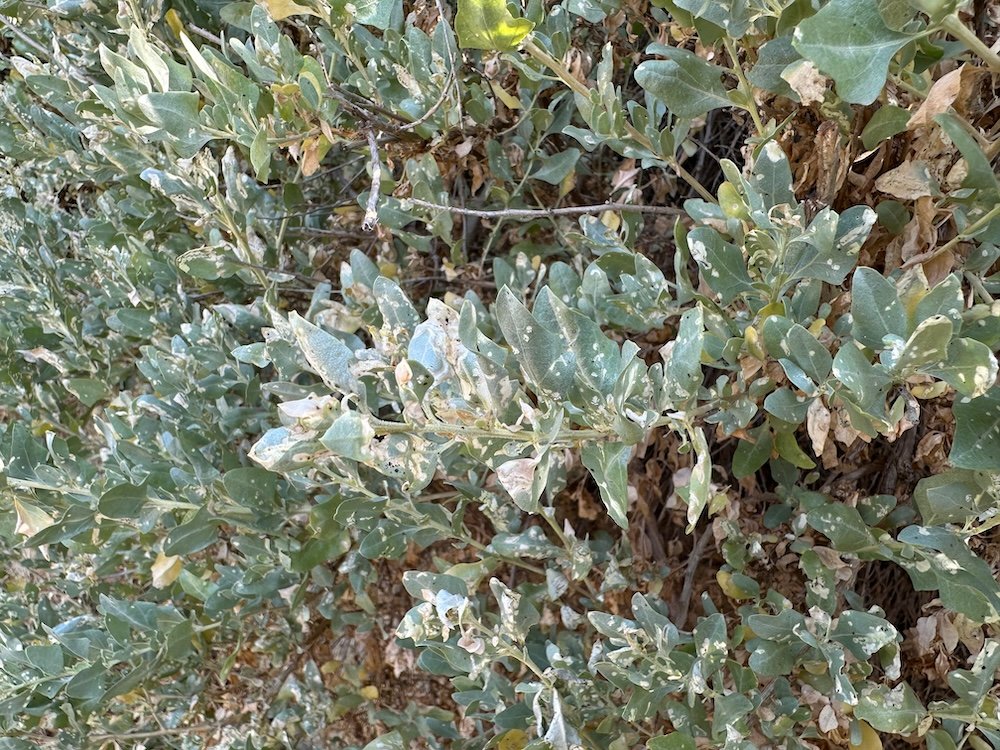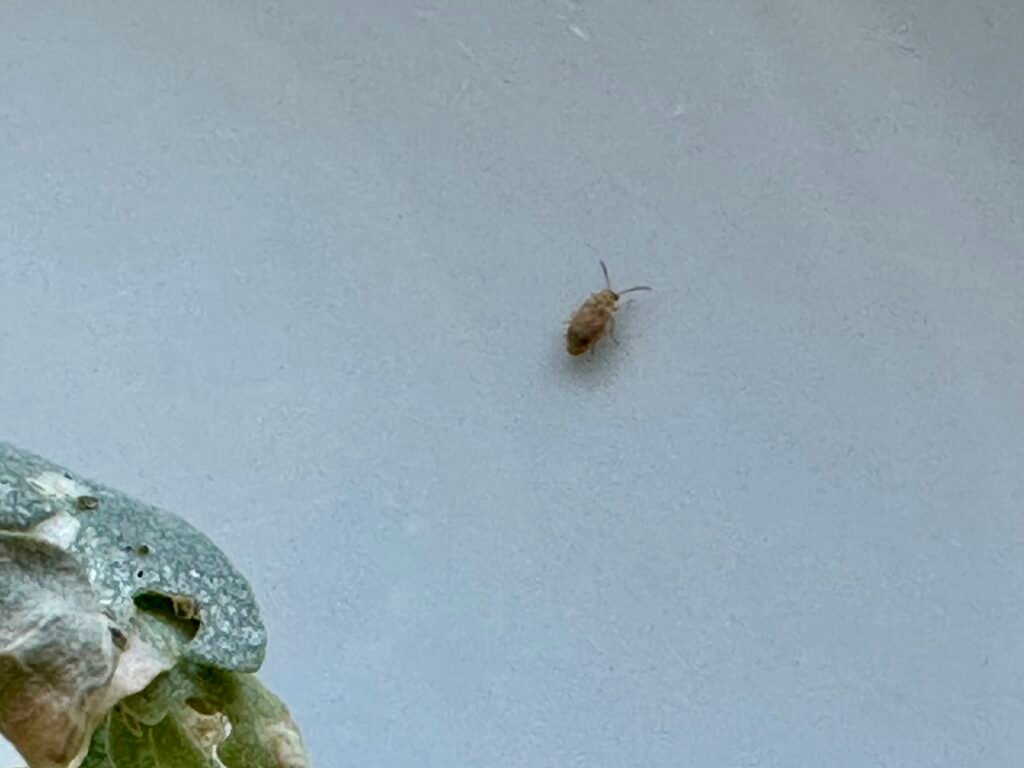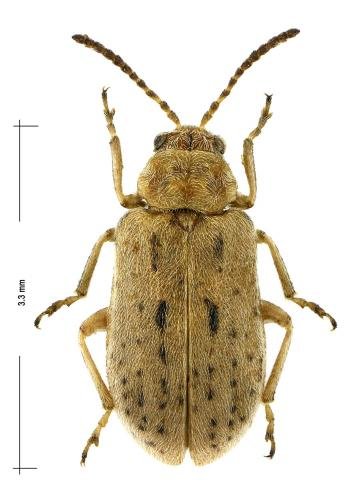The steep bank bordering our garden has been planted a long time ago with Atriplex halimus, also known as Mediterranean salt bush. This plant is a native of Mediterranean and North African regions and famous for its great drought-tolerance. It grows quickly and likes poor and even salty soils. Its deep root system retains the soil and the lush grey-green shrubs covering the bank were a wonderful sight to behold. Until last summer when they suddenly turned greyish white and dry. Our landscaping gardener had no idea what had happened and suggested cutting them down to the nub to encourage healthy regrowth.
For months the bare and naked bank was awful to look at but they did come back wonderfully this spring and we thought the problem was solved. However this week I noticed that they were drying up again.
Last summer, in a Facebook group on Mediterranean gardening, a Spanish gardener had suggested it might be Monoxia obesula but by that time the plants were too far gone to find anything on them. So today I took a few twigs and tapped them out over a white plate. A tiny insect tumbled out and indeed turned out to be Monoxia obesula.
This beetle appears to be a relatively new pest in the Mediterranean region and there’s nothing to be found online except research articles and one article from the Parc national des Calanques, stating that this Monoxia obesula is native to North America, has been present in Sardinia since the early 2010s and has since spread to Spain, Greece, Mediterranean France (first Hérault and Corsica and then eastwards to Provence and Var).
Monoxia obesula feeds mainly on the leaves of Atriplex halimus and the effects appear very quickly: the shrubs lose all color as the foliage is gnawed and dries out, showing tiny circular holes in the leaves. Monoxia obesula itself can only be seen by looking very closely or by shaking an affected twig over a white sheet of paper or similar to have the insect fall out.
Since this beetle is so new to the region it is unknown how the populations will evolve, whether natural predators will turn up, or if/how its feed plant Atriplex halimus will adapt in the long term. There is not even anything to be found on managing this pest in its native North America, suggesting that it is not considered a problem there.
Although I am very critical of AI, I made an exception in this case and asked Chat GPT if it could find any additional information on managing Monoxia obesula. However Chat GPT mainly returned and put in the same context all the information I had already found myself plus gave some useful links, including one for signaling pests to the appropriate authorities.
So, at this stage, no measures to manage Monoxia obesula populations have been identified except to cut down its feed shrub Atriplex halimus and replant other native plants such as Pistacia lentiscus or Quercus coccifera. Taking them out with the entire root system is not practicable on our steep bank. So we will probably have to manage by cutting the shrubs back each year to keep their size and appearance in check.
To me this shows once again the danger of landscaping by planting a lot of the same plants. Yes, it creates a uniform view and a “big picture” but in cases such as this it can become a monoculture at high risk of being wiped out by one single disease or pest.




Leave a Reply